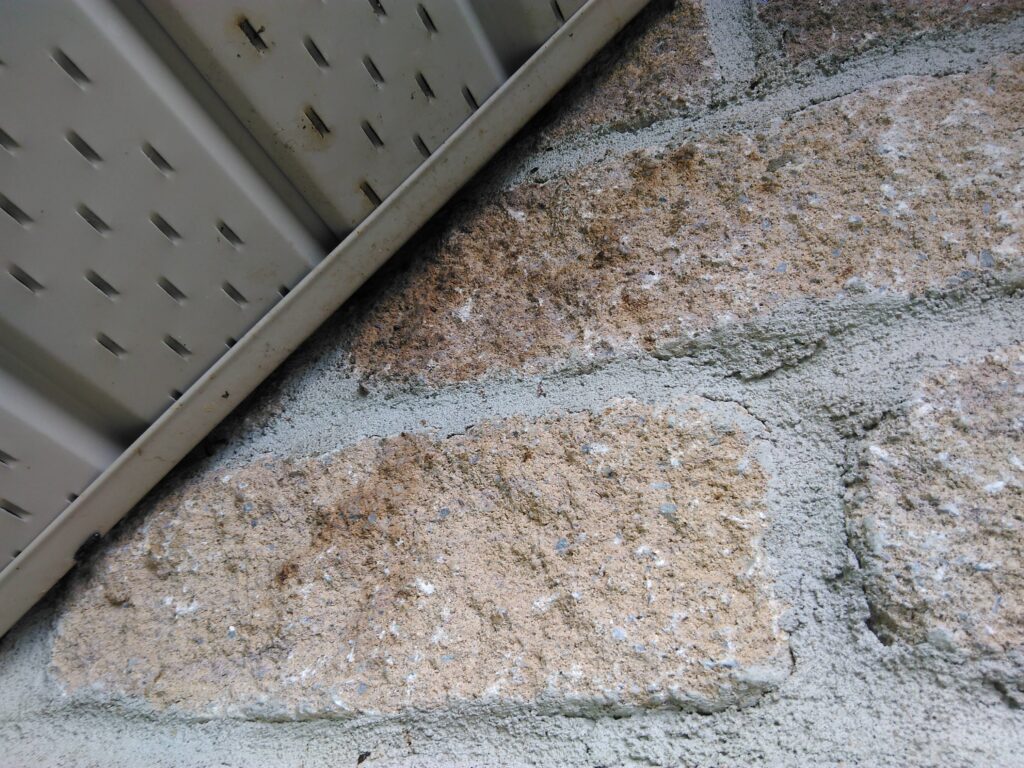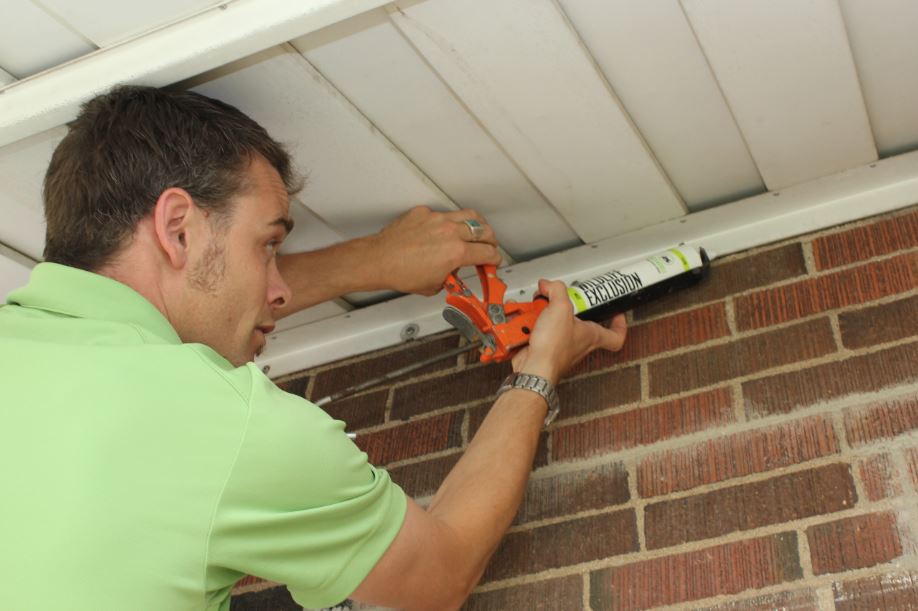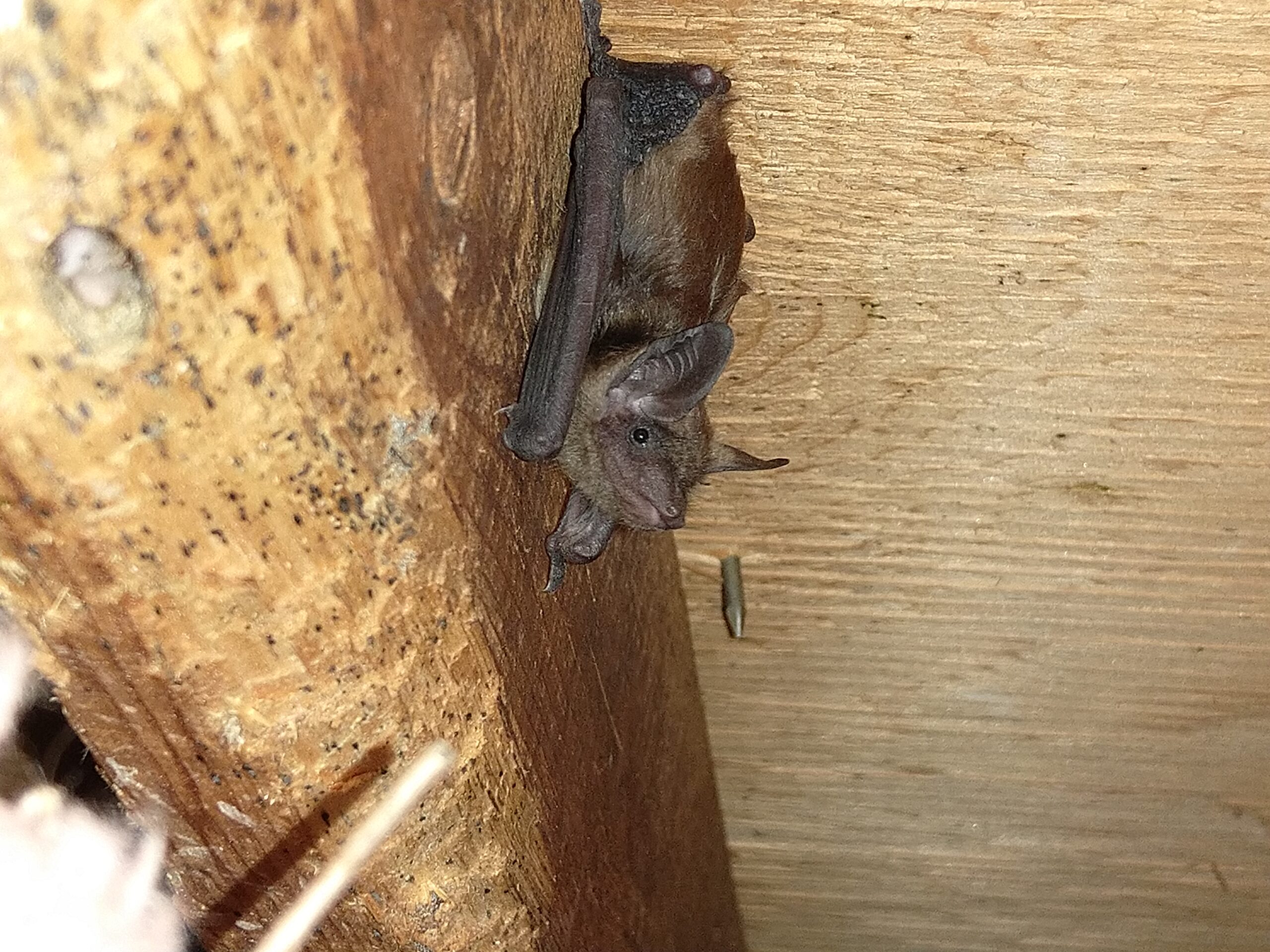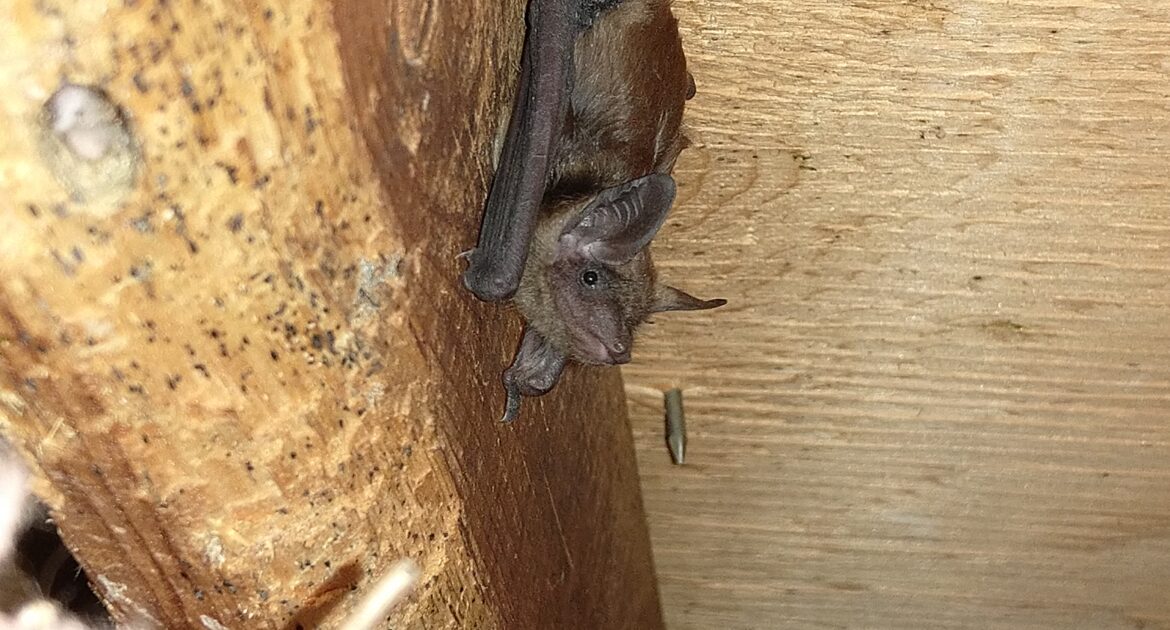Bats are misunderstood creatures that need our protection and respect. While they are often referenced in horror movies because of their unusual features and preference for the night, the world would be a much different place without them. That said, no homeowner wants a colony of bats, nesting in their attics or other home structures. Therefore, they call on the humane wildlife removal experts to begin the bat removal process safely.
The Importance of Bats
Despite the negative stereotypes about bats, the species is essential to the environment and the human population. The primary source of a bat’s diet is all matter of insects, including mosquitos. Many illnesses and diseases are transmissible through insect bites. By consuming one-third of their body weight in bugs nightly, bats are responsible for eating approximately 500 to 3,000 insects per night.
Additionally, bats contribute to the pollination of various plant and flower species. The animal drinks the nectar of one flower. The flower’s pollen attaches to the hairs of the animal. When the bat flies to another flower, the pollen transfers with it. Bats pollinate over 300 species of fruit.
The Two Times a Year Bats Cannot Be Moved
While bat removal is essential, there are two times per year when it is not permitted: hibernation and baby season. Bats are protected under the Fish and Wildlife Conservation Act which dictates the time of year removals can take place. During the winter months when bats are in hibernation, they can not be awoken, otherwise, they will waste precious energy and arise to an environment with little food.
The baby season for bats is between June and July. Baby bats cannot fly for the first four to five weeks of their lives, and they are entirely dependent on their mother. Therefore, removing bats during the baby season is not permitted to ensure the species’ survival. This law aims to help bat populations become strong again. When the time is right for removal our technicians complete a thorough process of removal and exclusion that cleans the mess bats make and keeps them from getting back inside in the future.
The Removal Process
Bat removal is necessary, especially when the animal is inside a house. However, removal experts will not just walk into a home with nets and PPE to catch the animal. Instead, the removal process is more nuanced, ensuring the homeowner’s safety and the wildlife. Therefore, every humane removal requires a two-pronged approach.
1. Property Assessment
When a wildlife removal team receives a call to a property, they arrive first to assess the issue. With bat removal, the team will examine the exterior and interior of the home. They are looking for entry and exit points. Still, they will not seal these areas immediately.
The crew will also want to get an estimate of bats. Knowing how many animals are nesting in your home will help with the removal plan. With a plan devised, the team will present it to the homeowners with a rough job estimate.

2. Bat Exclusion
Removing the animals is about keeping them calm and safe. Therefore, the removal team will probably use exclusionary measures. The most popular tool is the one-way exit. Essentially, the team will seal several holes around the property, ensuring that one or two remain open but covered by a one-way device. The attachment allows the bats to exit the home but not return. Any other small hole of crack n your home will be filled with our wildlife exclusion sealant to prevent them from crawling inside.
Once all the bats exit the property, the team will clean and decontaminate the job site. The cleaning is essential to ensure the health and safety of your family.

While people may not appreciate the importance of bats, it is nonetheless a reality. Wildlife experts understand the significance of the species and adhere to all removal regulations and recommendations to ensure the animals are protected. While removal companies acknowledge the need to remove bats from homes and businesses, they must consider the consequences to the species and its health. If you suspect you have bats in your attic, contact Skedaddle Humane Wildlife Control to schedule a property assessment.




